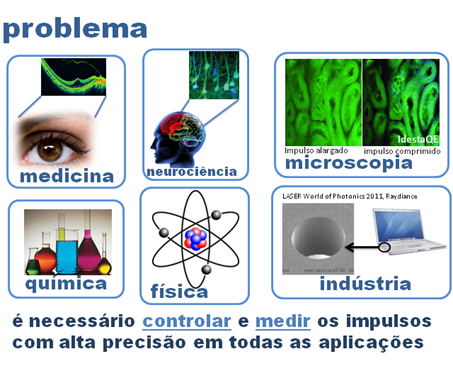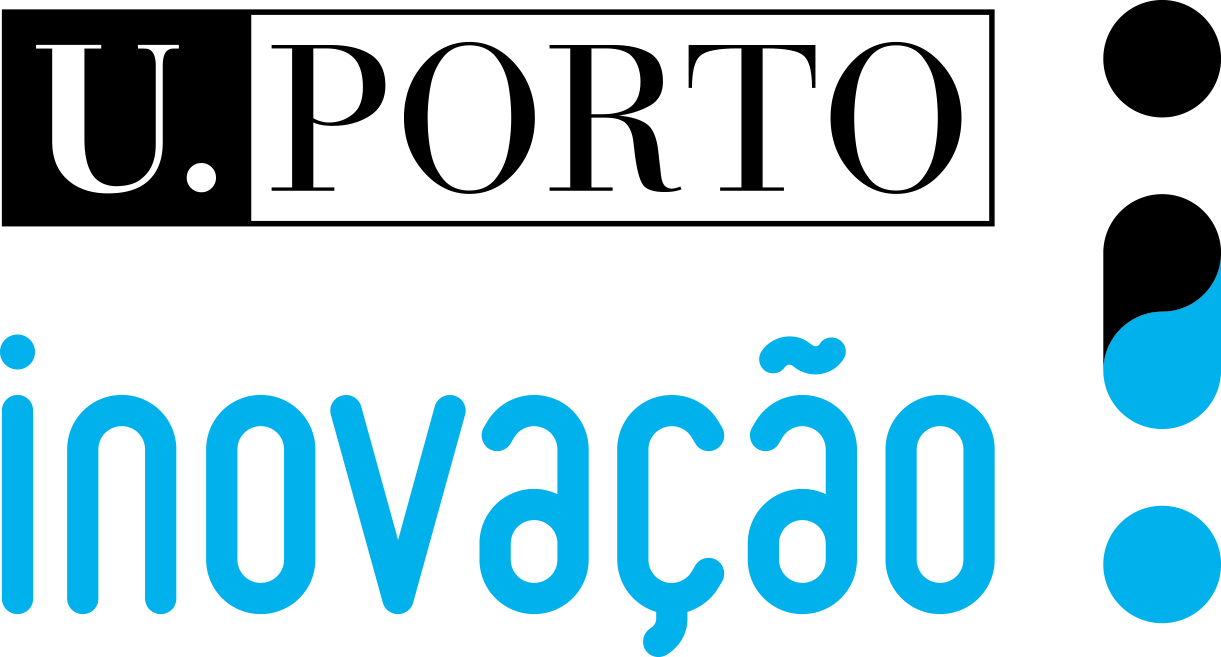
Compact and efficient device that uses chirped mirrors and glass wedges to generate spectral-phase-scanned nonlinear traces that contain redundant data from which the electric field of the pulses can be retrieved with a robust numerical algorithm, thus providing simultaneous pulse measurement and optimized compression without the need of beam splitting or interferometric stability/precision.
The temporal characterization of ultrashort laser pulses is a major challenge for most state-of-the-art sources, in particular when pulses are only a few optical cycles long. Such pulses have large spectral bandwidths and usually exhibit strongly modulated spectral intensities and phases due to the nonlinear spectral broadening processes used to generate them. These characteristics pose difficulties to all pulse measuring techniques available today.
This new method and apparatus can be used as a standalone high-performance pulse compression and characterization system, or can be implemented on already existing optical pulse compressors and/or shapers. It uses the compressor as the diagnostic itself, obviating the need of additional pulse measurement devices. The practical implementation can be very simple compared to other ultrashort pulse diagnostic techniques, and a new algorithm allows retrieving the spectral phase of the pulses in a very robust way and with bandwidth and noise restrictions that are more relaxed compared to other techniques. The device and method have been successfully demonstrated with low-energy few-cycle pulses from laser oscillators and higher-energy pulses from a hollow-fiber and chirped mirror compressor.
This technique and device can find application in all research and industrial environments that use ultrashort laser pulses.






